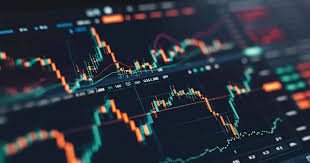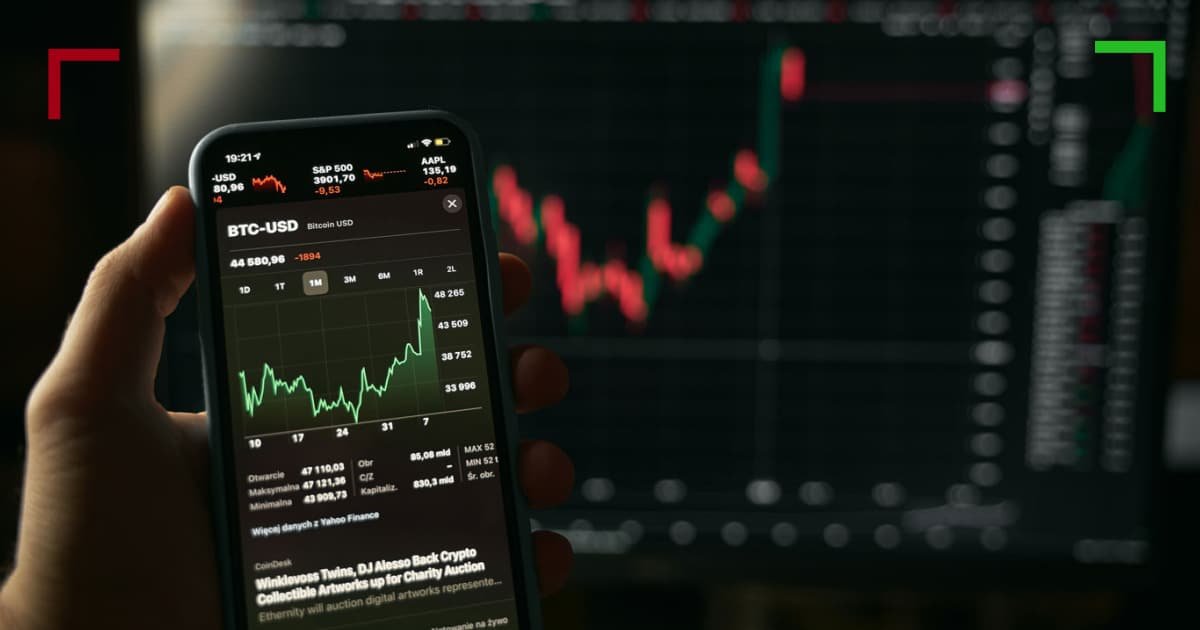
Understanding Crypto Futures Trading
In the fast-evolving world of cryptocurrencies, futures trading has emerged as a prominent method for investors to speculate on the price movements of digital assets. Crypto Futures Trading https://vw.investorideas.com/TSS/Stock_List.asp This sophisticated trading strategy allows for leveraged positions, enabling traders to maximize potential gains while also increasing risks. This article explores the essentials of crypto futures trading, including its mechanics, benefits, strategies, and the associated risks.
What is Crypto Futures Trading?
Crypto futures trading involves buying or selling a contract that obligates the trader to transact a certain amount of a cryptocurrency at a predetermined price and date in the future. These contracts exist for various digital currencies such as Bitcoin, Ethereum, and Litecoin, among others. Futures contracts allow traders to speculate on price movements without owning the actual underlying asset.
In a futures market, the price of a contract is influenced by investors’ perceptions of future prices, market trends, and overall demand and supply dynamics. The ability to trade on margin means that traders can control large positions with a relatively small amount of capital, potentializing significant returns.
Benefits of Crypto Futures Trading
1. **Leverage**: One of the primary advantages of futures trading is leverage. Traders can open positions that are much larger than their actual investment, which can result in magnified gains. However, it also magnifies potential losses.
2. **Hedging**: Futures contracts can serve as a hedge against volatility in the cryptocurrency market. For instance, if a trader expects the price of Bitcoin to fall in the upcoming months, they may sell Bitcoin futures contracts as a protective measure.

3. **Access to Short Selling**: Unlike spot trading, futures trading allows for short selling. Traders can profit from declining prices by selling futures contracts, anticipating they will buy them back at a lower price in the future.
4. **Increased Market Liquidity**: The presence of futures contracts adds liquidity to the cryptocurrency market, making it easier for traders to enter and exit positions.
How to Get Started with Crypto Futures Trading
To engage in futures trading, follow these basic steps:
1. **Choose a Reliable Exchange**: Select a cryptocurrency exchange that offers futures trading, such as Binance, BitMEX, or Kraken. Ensure it is reputable and provides the necessary security features.
2. **Create an Account**: Register on the chosen platform, complete any required identity verification processes, and deposit funds into your trading account.
3. **Understand the Market**: Gain a thorough understanding of the cryptocurrency market dynamics and particularly the assets you wish to trade. Research historical price movements and market influences.
4. **Develop a Trading Strategy**: A successful trading strategy can involve technical analysis, market sentiment analysis, or fundamental analysis. Determine how long you plan to hold positions and set goals.
5. **Start Trading**: After creating your strategy, begin with a small investment to get accustomed to the market’s fluctuations. Ensure to set stop-loss levels to limit potential losses.
Strategies for Crypto Futures Trading
1. **Day Trading**: This strategy involves opening and closing positions within a single trading day, capitalizing on short-term price movements. Day traders often analyze charts and use technical indicators for decision-making.

2. **Swing Trading**: Swing trading seeks to benefit from price swings in the market over a few days to weeks. Traders analyze market trends and place trades to capture the upward and downward movements of prices.
3. **Arbitrage**: This strategy involves taking advantage of price differences across different exchanges. Traders buy an asset at a lower price on one exchange and sell it at a higher price on another, leveraging futures contracts to amplify gains.
4. **Long-Term Holding (HODLing)**: Although not exclusive to futures, some traders adopt a long-term perspective, holding futures contracts with the belief that the asset will appreciate significantly over time.
Risks Associated with Crypto Futures Trading
While crypto futures trading can offer substantial rewards, it is not without risks. Some of the most notable risks include:
1. **High Volatility**: The cryptocurrency market is notorious for its price volatility. Sudden price swings can lead to substantial losses, especially for leveraged positions.
2. **Liquidation Risk**: When trading on margin, if the market moves against your position, the exchange may liquidate your contract to cover losses, leading to lost capital.
3. **Market Manipulation**: The relatively nascent and sometimes unregulated nature of the cryptocurrency market can expose traders to risks of market manipulation.
4. **Lack of Regulation**: Many futures exchanges are not regulated, leading to potential security and reliability concerns. Traders must conduct thorough research before engaging in trading.
Conclusion
Crypto futures trading is an exciting but complex approach to investing in cryptocurrencies. By understanding the mechanics, strategies, and risks associated with futures trading, individuals can make informed decisions that align with their investment goals. Whether you’re a seasoned trader or just starting, staying educated and aware of market trends is crucial for navigating this dynamic financial landscape. Always remember to trade responsibly and consider leveraging only what you can afford to lose.


